In 2025, more businesses are facing a pivotal decision:
Should we build a decentralized app (dApp) or stick to a traditional app architecture?
Blockchain adoption is rising, and with it, dApps are no longer confined to crypto startups. Enterprises in finance, supply chain, healthcare, gaming, and even media are exploring decentralized technologies for transparency, security, and user empowerment.
But are dApps right for every use case?
This post offers a clear business-focused comparison of traditional apps and dApps—highlighting security, scalability, cost, and user adoption—so you can decide with confidence.
Security
Traditional Apps
Security is centralized. This means:
- A single point of failure (e.g., your server or cloud)
- Full control over user data
- Easier to manage compliance, but also more attractive to hackers
dApps
Security is decentralized. That means:
- Data is distributed across a blockchain (immutable, tamper-resistant)
- Smart contracts enforce logic without human error
- No single point of failure—but vulnerabilities in code can be costly
Verdict: dApps offer stronger protection against tampering, but require rigorous smart contract auditing.
Scalability
Traditional Apps
- Easily scaled using cloud providers like AWS, GCP, or Azure
- Mature infrastructure and DevOps practices
- High performance for real-time apps (e.g., marketplaces, chat, media)
dApps
- Scalability is still evolving. Blockchains have throughput limitations.
- Layer-2 solutions (e.g., Polygon, Arbitrum) help—but add complexity
- State updates can be slower, depending on consensus mechanisms
Verdict: For mass-scale, real-time consumer apps, traditional models still lead. But dApps are catching up fast with L2 and modular blockchains.
Development & Maintenance Costs
Traditional Apps
- Predictable costs based on features and backend complexity
- Hosting, APIs, data storage = ongoing costs
- Easier hiring pool for dev teams
dApps
- Smart contract development adds upfront cost (specialized talent)
- Gas fees for every on-chain interaction (unless using gasless models)
- Once deployed, smart contracts can be immutable—harder to update
Verdict: dApps have higher initial complexity and require niche talent, but can be cost-efficient in the long run depending on your model.
User Experience & Adoption
Traditional Apps
- Seamless onboarding: email, password, or OAuth
- Familiar UX patterns
- Clear app store distribution channels
dApps
- Requires wallet setup (e.g., MetaMask) and sometimes token holdings
- UX still unfamiliar for mainstream users
- Walletless or abstracted wallet experiences (via Web3Auth, Magic) are improving onboarding
Verdict: For mainstream adoption, traditional apps win on simplicity. But user-friendly dApps are quickly closing the gap.
Ownership, Trust & Transparency
Traditional Apps
- Centralized control over data, logic, and monetization
- Requires user trust (e.g., in privacy policy, data handling)
dApps
- Code is often open-source and auditable
- Users own their data and assets (e.g., NFTs, identity)
- Governance models can be built into the app (via DAOs)
Verdict: dApps offer a powerful new trust model, ideal for transparency-driven industries and communities.
Final Thought: Should You Build a dApp or a Traditional App?
It depends on your business model and priorities:
| Criteria | Choose a Traditional App if… | Choose a dApp if… |
| Speed to Market | You need fast development and familiar tech | You’re okay with a steeper learning curve |
| User Experience | You want broad, non-technical user adoption | You’re targeting Web3-savvy or early adopters |
| Transparency | Not critical to your product or regulated industry | Core to your value prop (e.g., finance, supply chain) |
| Control | You want full control of data and business logic | You want shared ownership or community governance |
| Innovation | You need stable, proven systems | You want to build for the next generation of the web |
Need Help Deciding?
At PSI we help businesses evaluate, build, and launch both traditional apps and dApps—so you’re never locked into the wrong tech.
From smart contract audits to seamless hybrid Web2.5 experiences, our team knows what it takes to succeed on both sides of the digital divide.
Let’s schedule a discovery call to discuss your use case and the best approach for 2025.



Edwin3907
April 23, 2025
Very good https://shorturl.at/2breu
Sophie1447
April 27, 2025
Awesome https://t.ly/tndaA
Ruben3234
April 27, 2025
Good https://urlr.me/zH3wE5
Jolie3592
May 1, 2025
Good https://is.gd/N1ikS2
* * * Snag Your Free Gift: http://amormc.com/index.php?cbr92j * * * hs=7d864476767395953a147f43eaf11d29* ххх*
May 6, 2025
p2q8rk
super ace
May 7, 2025
Creating Ghibli-style photos feels like magic-especially with tools like Ghibli IA. It’s amazing how AI can turn simple ideas into vivid, emotional scenes just like Miyazaki’s films. A must-try for any creative!
super ace jili
May 10, 2025
Just tried Super Ace and loved the wilds and free spins – it’s fun and easy for casual players like me. The graphics pop too!
subway surfers
May 14, 2025
Endless running, quick thinking-games like Subway Surfer tap into our need for instant rewards. The thrill of dodging trains mirrors real-life risk-taking behaviors.
JiliOK
May 16, 2025
It’s fascinating how AI can influence gameplay strategies. Platforms like Jili Online are leading the way by blending tech with traditional casino fun. Worth exploring for any serious player.
Jili7
May 20, 2025
Dice games offer a thrilling mix of luck and strategy, and platforms like Jilivip elevate the experience with AI-driven insights. A fresh take on classic fun!
JLJLPH
May 22, 2025
Casino odds matter-JLJLPH gets it right with secure play and great games like Fortune Master. New to online slots? Check out JLJL PH for a smooth start.
Rosa1663
May 24, 2025
https://shorturl.fm/YvSxU
JiliPH
May 24, 2025
JiliPH really stands out with its wide variety of games and smooth user experience. I especially enjoy the slots like Fortune Gems and Super Ace. For a quick start, check out Jili77 com.
Drake1783
May 25, 2025
https://shorturl.fm/9fnIC
Annabelle3775
May 25, 2025
https://shorturl.fm/68Y8V
Leland1658
May 25, 2025
https://shorturl.fm/9fnIC
Amalia1436
May 26, 2025
https://shorturl.fm/m8ueY
Trent1684
May 26, 2025
https://shorturl.fm/TbTre
Zoey1941
May 26, 2025
https://shorturl.fm/oYjg5
Londyn3338
May 26, 2025
https://shorturl.fm/A5ni8
Edgar3449
May 26, 2025
https://shorturl.fm/68Y8V
Garrett3612
May 26, 2025
https://shorturl.fm/bODKa
Easton3376
May 27, 2025
https://shorturl.fm/YvSxU
Bianca886
May 27, 2025
https://shorturl.fm/YvSxU
SuperPH26
May 27, 2025
Understanding keno odds can sharpen your gameplay, and platforms like SuperPH26 Login offer rich experiences with varied casino games that blend strategy and luck seamlessly.
Beatrice4283
May 28, 2025
https://shorturl.fm/XIZGD
swerte77
May 28, 2025
I’ve always looked for platforms that balance fun with fairness, and Swerte 77 impresses with its variety and secure login process. The live dealer games really stand out!
Molly2267
May 28, 2025
https://shorturl.fm/YvSxU
Brooke3709
May 28, 2025
https://shorturl.fm/A5ni8
Coraline1376
May 28, 2025
https://shorturl.fm/oYjg5
KingPH
May 29, 2025
Just tried out scratch cards and thought of KingPH casino – they really know how to blend fun with top-tier gaming. Love the royal vibe and game variety!
Camden3535
May 29, 2025
https://shorturl.fm/j3kEj
winph99
May 29, 2025
This game mechanics breakdown was spot-on-especially the timing and reward loops. For a seamless, secure, and thrilling experience, check out WinPH99. They nail the balance between fun and fairness.
superph11
May 29, 2025
Thanks for the breakdown-it’s always good to dig into the data when placing bets. Platforms like SuperPH11 offer great tools for tracking trends and managing wagers effectively.
Esther4811
May 30, 2025
https://shorturl.fm/TbTre
Edgar4571
May 30, 2025
https://shorturl.fm/JtG9d
Junior927
May 30, 2025
https://shorturl.fm/0EtO1
Kiera3076
May 30, 2025
https://shorturl.fm/PFOiP
Janet3963
May 30, 2025
https://shorturl.fm/eAlmd
ph789
May 31, 2025
That analysis of live dealer games is spot on! The atmosphere really does make a difference – a good dealer can elevate the whole experience. Checking out PH987 might give you some insights into what makes a truly immersive setup! Solid points about social interaction too.
Haleigh1034
May 31, 2025
https://shorturl.fm/TDuGJ
Pearl2194
May 31, 2025
https://shorturl.fm/uyMvT
Jillian1621
May 31, 2025
https://shorturl.fm/retLL